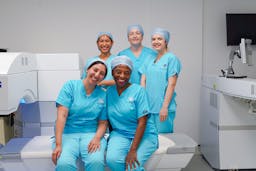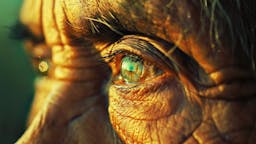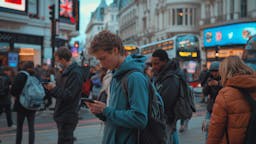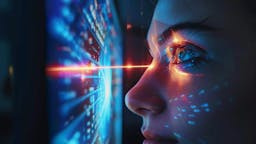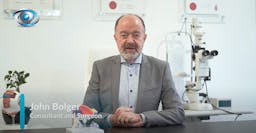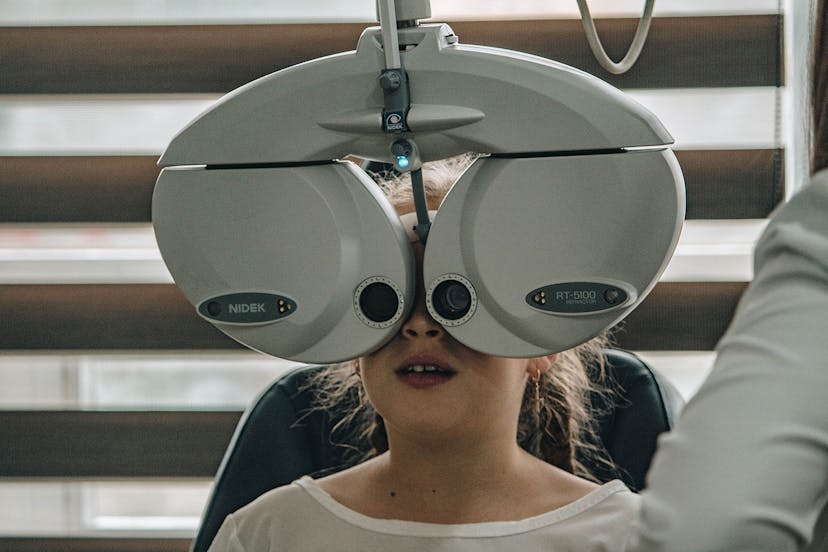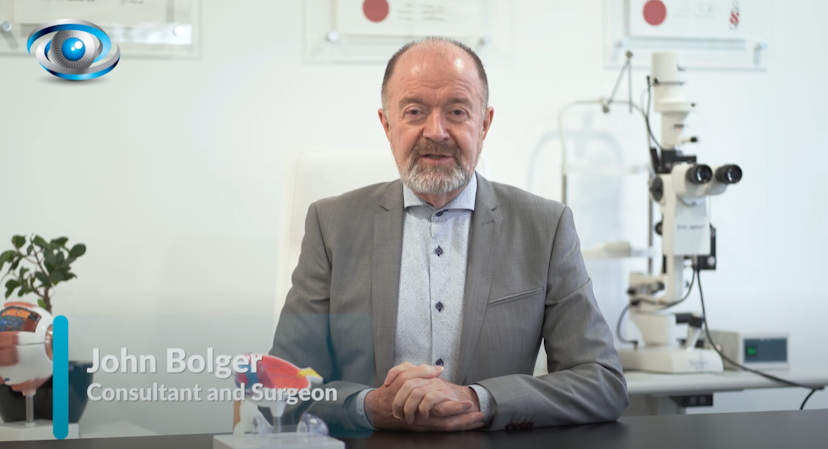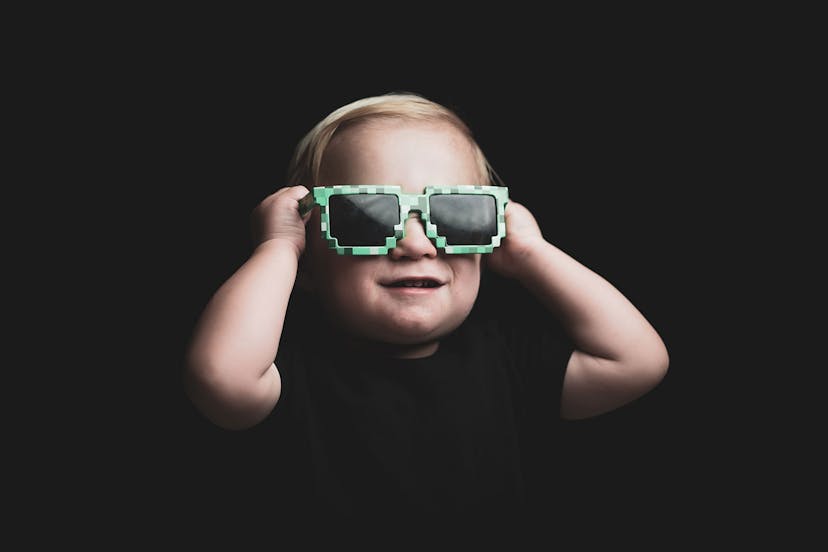
Finally, there have been some breakthroughs in our understanding of why more and more children are becoming short-sighted.
Although the research is early the results are very encouraging. Increasing our understanding of the mechanism causing short-sightedness (myopia) requires more work. There are ways to reduce the degree of myopia a child may develop.
As yet, there is no treatment that can reverse or prevent the development of myopia. However current treatment technologies reduce the rate of progression of myopia.
Much of the research comes from Southeast Asia where the incidence of myopic children is now 90%.
Myopia is not a completely harmless shortsightedness and in extreme cases can lead to significant visual impairment later in life. It is not normal to be myopic.
We should welcome any intervention that reduces or even prevents myopia.
History
In the early part of the 20th century, the incidence of myopia in Europe was about 20%. It has now exceeded 50% and is continuing to increase. There are many theories as to why this is happening but none of them is conclusive.
This increase in myopia began before the advent of the iPhone and computer screen and continues. The World Health Organisation predicts that by 2050 half of the entire world’s population will be myopic.
Mechanism Of Myopisation
While we don’t fully understand all the mechanisms that are active in the developing eye, myopia occurs because the eye grows too long.
The complex algorithms and interactions in the normal growing eye mean that the eye reaches an average length from front to back of approximately 23.5 mm.
A process known as emmetropisation leads to the cornea and lens developing exactly the correct focusing power so that the whole eye is in perfect focus. The mechanisms that disrupt this process in myopia still remain obscure.
Myopia means that the eye continues to elongate way beyond what is required for sharp focus.
Evidence
Scientists used different schemes to treat large groups of myopic children. The most successful is the use of 0.01% atropine eyedrops in each eye, once a day. This reduces the rate of progression of myopia by slowing down the increase in the length of the eyeball.
The first studies treated children with these drops once a day for two years and compared them to a group of equally myopic children who were not treated. At the end of the two years, the treated group had significantly less myopia than the untreated group.
Researchers then followed the children again for two further years after the treatment stopped. During that time, the myopia increased again almost to catch up with the group who had had no treatment at all. The treated group was again treated for another 2 years and the rate of myopia progression slowed again.
Therefore, it is recommended that as soon the child shows any tendency to develop myopia, they start myopia control treatment and continue indefinitely.
The Treatment Package For Myopic Children
Lifestyle Changes (The 20-20-2 Rule)
Our current understanding of myopia control is based on lifestyle changes and atropine eyedrops. There is evidence that children who spend significant time outdoors have significantly less myopia than those children who spend their day indoors. The activities the children engage in are not relevant.
The distribution of levels of illumination around the eye might be one of the triggers that cause myopia. Researchers therefore have advised a 20-20-2 rule that every child should apply to their daily life. This means that for every 20 minutes of close work, they should spend 20 seconds looking into the distance, preferably to see the horizon.
And they should spend a minimum of two hours outdoors in daylight, every day.
Contact Lenses
Children who are developing myopia can wear special contact lenses. The special feature of these lenses is how they redistribute light around the edges of the retina. This results in a more natural distribution of the levels of illumination in the retina.
Researchers believe that one of the reasons the eye elongates is the uneven distribution of light in the retina. These contact lenses attempt to restore that distribution to a more natural one.

Atropine Eyedrops
The child uses atropine eyedrops for each eye before going to bed. We do not fully understand the exact mechanisms of how this works. However, the efficacy of this measure is very well established.
The safety profile of the dosage and administration is very acceptable. Almost no myopic children who received this dose of atropine showed any evidence of any side effects.
Specialised Lighting
There is some evidence that altering the quality and levels of illumination indoors may also have a protective effect against myopia. These specialised lighting systems mimic outdoor lighting and thereby protect against myopia and its progression.
Further information on this can be found at the clinic.
Safety
The safety of these measures was given considerable attention, particularly when it comes to the use of atropine. Atropine eyedrops have been in use for centuries in ophthalmology. Many centuries ago, ladies used it to give them large pupils, which were regarded as attractive.
That is why the drug is also called Belladonna. The dose used for myopia control is 100 times less than that used in the past. Side effects were given considerable attention. None of the treated myopic children developed any significant side effects at the dosages used.
Contact lenses do carry some risks and must be treated with great respect. In particular, they should never be worn in or near water. With correct hygiene and attention to protocol, the overall safety of contact lens wear in children has been well-established.
These measures significantly reduce the degree of progression of myopia. It does not reverse the process.
Researchers review and update all of these protocols and treatments. It is highly likely that as our understanding of myopia progression improves, these strategies will be altered and improved. We hope to understand what triggers the start of myopia. In the meantime, we are limited to measures which we know are safe and which do reduce the degree of myopia.
Preventing someone from becoming highly myopic has very significant advantages. High myopia can lead to significant visual impairment. Additionally, retinal detachment is more common among myopes. Contact lenses and glasses do not fix myopia. They only make it survivable.

The Myopia Control Clinic
At My-iClinic, your child is examined by a consultant ophthalmologist and an optometrist specialising in childhood myopia.
We will carry out a detailed examination of the eye. This includes precise measurement of the refraction (the spectacle prescription) and measurement of the length of the eyeball from front to back. These tests are harmless and non-invasive.
Most children will be offered atropine eyedrops and contact lens correction. We will give you detailed instructions so that the process is as easy as possible. Many children and parents are anxious about contact lenses. Our clinic staff are
experienced in helping people develop good technique and good hygiene habits.
It is equally important that the family and child adopt the lifestyle changes recommended under the 20–20–2 rule. Some families may also want to invest in specialised lighting for their home which gives high levels of illumination in the house mimicking the levels of illumination found outdoors.
Monitoring And Following Up For Myopic Children
A follow-up will be arranged to monitor progress. At each follow-up appointment, the level of myopia and the length of the eyeball will be measured.
We will also examine the health of the cornea in myopic children who wear contact lenses.
There are opportunities for further discussion available.


